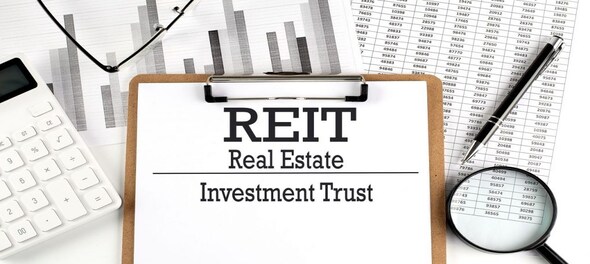
The most widely discussed asset class when it comes to long-term investing is equities. Because of this, investors sometimes jump in headfirst and put all of their money into stocks without realising the inherent nature of equities. During a market boom, such an investment decision may appear wise, but when the market declines, the same decision begins to appear foolish. Even worse is when investors choose to sell their investments during the market downturn phase to preserve their capital. In this manner, they have effectively turned their hypothetical loss into an irreversible loss by selling the investment. Consequently, the experience of investing ends badly.
Live TV
Loading...
Asset distribution
To get around this behavior, one of the approaches is to follow asset allocation. Asset allocation is the process of spreading the investable corpus across several asset classes so that the overall portfolio is not as vulnerable to changes in any one asset class as it could be. The fundamental idea behind this is that no two asset classes will act simultaneously in the same way. The past ten years' worth of historical performance data makes it abundantly evident that no single asset class emerges victorious year after year. As a result, it is critical to diversify one's investments among several asset classes.
 Swati Joshi is Director of Moneybolism Financial Services Private Limited
Swati Joshi is Director of Moneybolism Financial Services Private LimitedAsset classes' function
In a portfolio, each asset type has a certain function to fulfil. Equities guarantee that the portfolio has a growth component. Over long-term their presence contributes significantly to wealth creation, although the process is often unpredictable. Even within equities, investors can select large, mid, or small cap stocks, or a mix of these. Each of these has certain benefits and drawbacks that an investor needs to be aware of. Conversely, the existence of debt guarantees steady returns. Additionally, this asset type provides overall portfolio downside protection.
Gold is another asset class that is very popular in India. In the portfolio, the yellow metal has a certain function to do. Its existence serves as a safeguard against other asset classes' volatility and inflation. The yellow metal typically performs quite well when there is heightened uncertainty due to events such as geopolitical circumstances, fears of a recession, and the like. Since there is no correlation between debt, stock, and gold, having all three of these asset types is advantageous for investors in the long run.
Practical difficulties
It is not simple to construct a portfolio that includes a variety of asset classes. The simplest aspect of the transaction is making individual investments in each of the asset groups. Once completed, however, this would include monitoring all changes in each of these asset types, their triggers, and adjusting the portfolio as needed. It is possible that a layperson lacks the knowledge necessary to take the appropriate action. Additionally, depending on the length of holding, an investor may be subject to short- or long-term capital gains tax when the portfolio is rebalanced. To circumvent this challenge, mutual fund companies have a hybrid fund category offering specifically addressing this requirement.
Multi-asset fund
The multi-asset category fund by mandate must invest in three or more asset classes. Most of the fund houses cover equity, debt and commodities in the fund. Some fund houses also offer REITs and InvITs. Each of these asset groups contributes significantly to the portfolio's diversification. In effect, within a single fund, an investor will get access to most of the asset classes without any hassles.
Given that a seasoned fund manager will be managing the portfolio, an investor need not worry about rebalancing. Here, the fund manager on behalf of the investor will do the needful as per the changes in the market and economy. Also, when the buy and sell transactions are done at a fund level, an investor will not incur the short or long term capital tax, making it a win-win for the investor.
To conclude, multi-asset fund is an optimal choice to navigate the current market conditions. Given the nature of the fund, an investor can consider lumpsum investment in the fund.
Note: The author, Swati Joshi is Director of Moneybolism Financial Services Private Limited. The views expressed are of the author and do not reflect that of CNBCTV18.com or its affiliates.
(This is a partnered post.)
First Published: Mar 7, 2024 11:55 AM IST
Note To Readers
Disclaimer: The views and investment tips expressed by investment experts on CNBCTV18.com are their own and not that of the website or its management. CNBCTV18.com advises users to check with certified experts before taking any investment decisions.
Check out our in-depth Market Coverage, Business News & get real-time Stock Market Updates on CNBC-TV18. Also, Watch our channels CNBC-TV18, CNBC Awaaz and CNBC Bajar Live on-the-go!


Haryana Lok Sabha elections 2024: A look at JJP candidates
May 6, 2024 2:26 PM
Yadav family members in focus in third phase of Lok Sabha polls in Uttar Pradesh
May 6, 2024 12:59 PM
Haryana Lok Sabha elections 2024: Seats, schedule, Congress-led INDIA bloc candidates and more
May 6, 2024 12:09 PM
Andhra Pradesh: Kuppam loyalty test for TDP chief Chandrababu Naidu
May 6, 2024 9:35 AM

